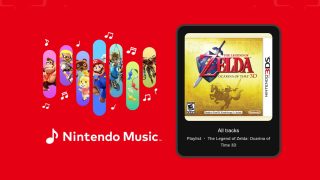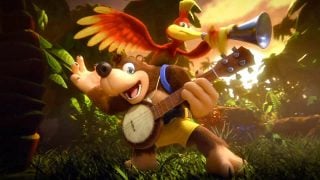Amidst all the discussion this year about Pokémon GO, Sun and Moon, Pokkén Tournament, and the various 20th anniversary celebrations, a few things occurred to me. I knew that the Pokémon franchise had always been associated with Nintendo, I knew that the games were developed by Game Freak (a third party developer), and I knew that a separate entity– The Pokémon Company– generally oversees the IP. What I didn’t know is this: Who actually owns Pokémon? And what implications does its ownership entail? I did a little personal research, and I thought I’d share what I discovered with any Pokémaniacs out there that would like a little more backstory on this globally adored property.
Pokémon’s story begins, as many epic tales do, with a high school kid starting his own arcade fanzine. Satoshi Tajiri, an avid bug collector and aspiring entomologist, became fascinated with arcade games as a teenager. In 1981, he began self-publishing (i.e. handwriting), a magazine dedicated to the Japanese arcade scene called Game Freak. His efforts soon caught the attention of another young man, Ken Sugimori, an aspiring artist and illustrator, who shared in his passion. The two worked together on the publication for the next five years.
As time went on, Tajiri and Sugimori became more and more dissatisfied with the games they found themselves covering. Taking the next logical step, they wrapped production on Game Freak the magazine and began learning how to program games of their own. A few years, a good amount of serious studying, and some significant hardware investment later; Game Freak was resurrected, this time as a development studio.
Tajiri first pitched the idea of Pokémon to Nintendo in 1990, after its first game, Mendel Palace, had appeared on Famicom. Inspired by his childhood hobby– the idea centered on collecting and learning about a variety of creatures– and after seeing the Game Boy link cable in action, the concept fully clicked in his mind. While Nintendo didn’t initially share in his enthusiasm, it was impressed enough with Tajiri’s resume to explore the concept with him. Mentored by Shigeru Miyamoto, Tajiri spent the next six years plugging away with his team at Game Freak on Pokémon and assisting with a few Mario spinoff titles in the interims. Ken Sugimori served as art director for these projects and designed all 151 of the original Pokémon himself. After a development cycle that nearly bankrupt the young studio, and a pivotal investment from another Nintendo affiliated developer, Creatures, Inc., Pokèmon Red and Green were finally completed in 1996.
Similar in style to Nintendo’s first party offerings, thanks largely to Miyamoto’s tutelage, Pokémon gained a steady following despite minimal expectations. Before long, it became one of Nintendo’s most popular franchises and spawned an anime series that featured the names of both its creator, Satoshi (Ash), and his mentor, Shigeru (Gary).
At this point, three businesses held the shared rights to the Pokémon franchise- Game Freak, Nintendo and Creatures. When the long-term viability of the brand became clear, the three companies jointly invested in a new entity to handle licensing and marketing of the IP. In 1998, the new company officially began operations with the opening of the Pokémon Center store in Tokyo. Two years later, the name Pokémon, Ltd. (or the Pokèmon Company) was trademarked for the original branch, with others soon to follow around the world. This co-ownership arrangement has remained unchanged for the past 18 years.
So what can we infer from all of this? Well, to no great surprise, Nintendo’s co-ownership of Pokémon means it will likely never appear on a competing platform, unless you count mobile. And even though Game Freak is a third-party developer that’s free to target any platform it wants, it’s clear to me now why it chooses to work almost exclusively with Nintendo. Satoshi Tajiri and his entire studio no doubt feel a great debt of gratitude to both Nintendo and Creatures for believing in and helping to bring this fascinating idea to life. It was a disparate string of circumstances that carried Pokémon from childhood hobby to imaginative concept to reality, but I think we can all agree that things couldn’t have turned out any better for this beloved franchise.





